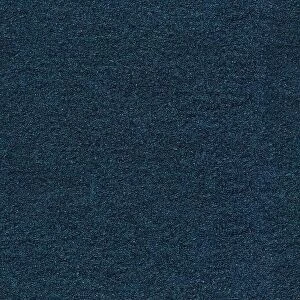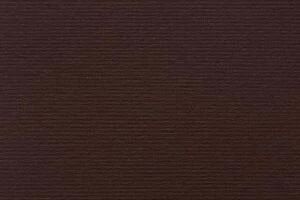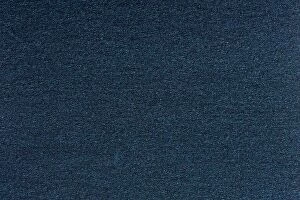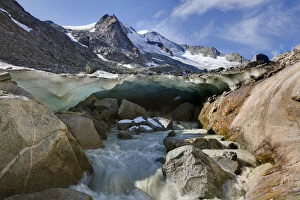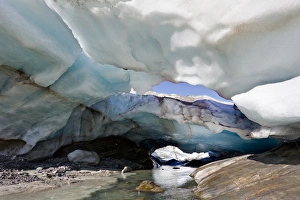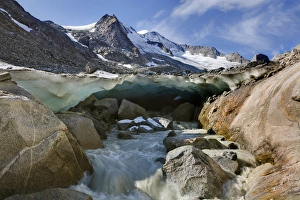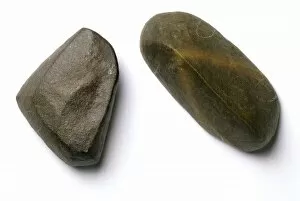Abrasion Collection
Abrasions are a common type of skin injury that can occur due to various reasons, such as accidents, falls, or friction
All Professionally Made to Order for Quick Shipping
Abrasions are a common type of skin injury that can occur due to various reasons, such as accidents, falls, or friction. These small cuts and scrapes may seem insignificant at first glance but can cause discomfort and pain. The DDE-90028882 image showcases the aftermath of an abrasion caused by a fall on rough pavement. The reddened area indicates the damaged skin where layers have been scraped away due to friction with the ground. Similarly, in DDE-90028881, we see another example of an abrasion resulting from a bicycle accident. The exposed flesh is evidence of the forceful impact against a hard surface. Sometimes, even seemingly harmless activities like gardening can lead to unexpected injuries. In DDE-90028864, we witness an abrasion caused by contact with thorny plants while tending to one's garden. Children often experience minor injuries during playtime adventures. In DDE-90028863, we observe an abrasion obtained while exploring rocky terrain during a hike. Sports enthusiasts also face their fair share of abrasions during intense physical activities. Image DDE-90028860 depicts an athlete's knee scrape acquired through vigorous training sessions on artificial turf. In contrast, image DDE-90028859 shows how improper use of tools can result in painful hand abrasions for workers in industries like construction or carpentry. Even household chores carry risks; as seen in picture DDE-90028858 where cleaning equipment causes accidental scratches on delicate surfaces leading to unsightly marks known as abrasive damage. Pets too are not immune from experiencing these types of injuries. Image DDE-90028857 displays a cat's paw pad suffering from an abrasive wound after stepping onto sharp objects outdoors. While most people associate facial beauty with smooth skin texture, acne breakouts often leave behind scars resembling tiny abrasions (DDE-90028856). These blemishes remind us that even our own bodies can cause abrasions through inflammation and subsequent healing.

